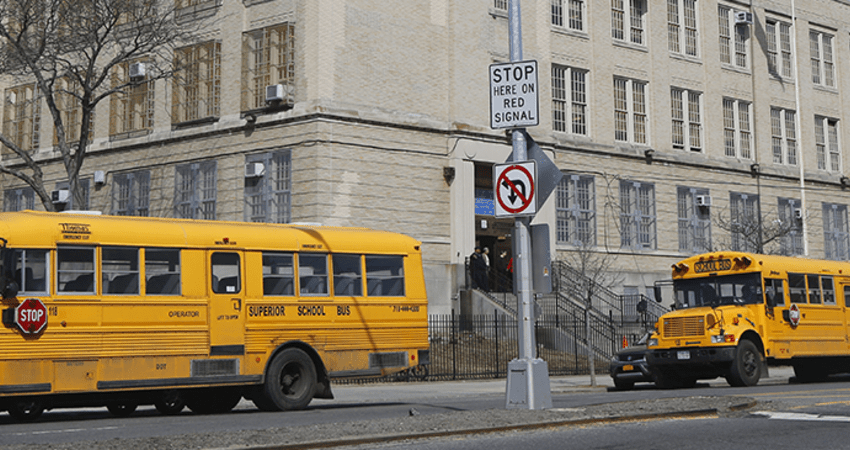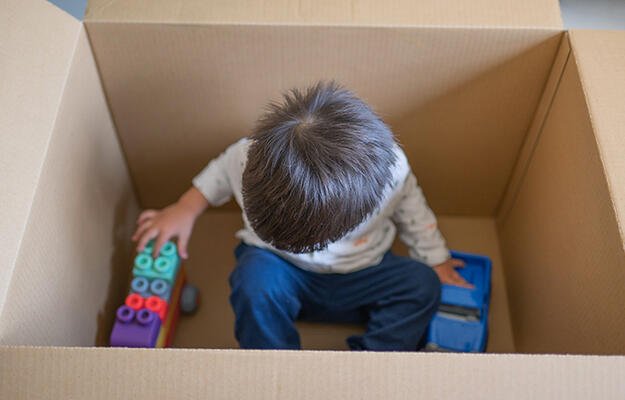
Education Equity Relies on Housing Policy, Not Just Choice
Is housing policy a path to educational opportunity for children from low-income families?
Heather Schwartz is among the housing researchers who think so.
“It isn’t the only path,” says Schwartz, a researcher at the RAND Corporation, a non-profit research organization. “But it’s an important one.”
That is because socioeconomic and racial segregation is commonplace in both neighborhoods and schools. Children tend to go to school near where they live, Schwartz says, which means that neighborhoods with concentrated poverty tend to have schools with concentrated poverty. And children in schools with high concentrations of poverty tend to do more poorly in reading and math than their peers who go to schools where fewer children live in poverty.
Attempts to improve high-poverty schools and to change neighborhood conditions have proven challenging. So social scientists such as Schwartz have begun testing the theory that children from low-income families can benefit from policies that enable them to live in economically integrated neighborhoods and attend economically integrated schools.
In other words, if you change where people live, you may be able to change where children go to school—for the better.
Housing Integration as School Integration
Schwartz studied the connection between housing and education outcomes in Montgomery County, Maryland, a relatively wealthy community that has promoted socioeconomically integrated housing for nearly 40 years. The county also boasts one of the most acclaimed large public school systems in the United States.
Schwartz tracked the influence of school and neighborhood poverty on children’s math and reading outcomes. Families in the study had been randomly assigned to public housing units in several neighborhoods throughout the county, through an inclusionary zoning program that requires real estate developers to set aside affordable housing. Children attended the schools in their neighborhoods.
From 2001 to 2007, Schwartz examined the school performance of about 850 students. Over that time, children in public housing who attended the district’s most advantaged schools far outperformed in math and reading compared with those children in public housing who attended the least advantaged schools.
Schwartz has also analyzed the effect of inclusionary zoning on low-income students’ access to low-poverty schools in other parts of the country. She found that ten of the 50 largest inclusionary zoning programs in the United States did give lower-income families access to low-poverty neighborhoods and, as a result, schools with low concentrations of poverty and high student performance.
Housing Choice as School Choice
The idea of equitable housing policy as a way to promote equity in education has also gotten support from Stefanie DeLuca’s work investigating the long-term effects of housing mobility programs. When public housing families are able to use housing vouchers to relocate to low-poverty neighborhoods, the associate professor of sociology at the Johns Hopkins University found, their children are able to attend better schools.
“Families I’ve spoken to in the different mobility programs I’ve studied have remarked on the change,” DeLuca said in an interview with How Housing Matters. “The way that children respond to going to school and how much happier they are. What a relief it is to be somewhere where you don’t feel under siege all the time.”
DeLuca does not yet have educational outcomes data for the children in her ongoing study of a Baltimore, Maryland, mobility program that moves families out of neighborhoods with concentrated violence and poverty. But not all housing mobility is equal, of course. A study of residents in ten urban neighborhoods targeted for improvement through the Annie E. Casey Foundation’s Making Connections initiative found a high rate of mobility among families. As a result of their families’ moves, some children wound up in lower-performing schools than they had been in before.
The Limits of School Choice
It might seem that the rise of “school choice” has disrupted the link between where families live and where children learn. Charter school enrollment has, over the past decade and a half, grown to 4.6 percent of the nation’s public school students (in the 2012–2013 school year). Enrollment is even higher in some places. In New Orleans, for example, almost all public school students (93 percent) attend charter schools rather than neighborhood schools. And several large school districts, including Los Angeles, New York, and Chicago, have substantial numbers of charter students.
In these districts, experts say, charter schools have become a primary resource for giving disadvantaged students a better educational shot—regardless of the neighborhood they live in.
But even with good schools to choose from, students still face barriers if they do not live nearby, says Ashlyn Aiko Nelson, associate professor in the School of Public and Environmental Affairs at Indiana University Bloomington and consultant to a Chicago charter school. For many students, Nelson says, the so-called choice of attending a prestigious charter is a nonstarter. Without a family car or money for bus fare, they end up going to a moderate- or high-poverty school within reasonable traveling distance rather than a charter school farther away.
Other students, she says, go to great lengths and spend hours in transit every day to attend a charter and improve their educational opportunities.
“It would be better if they were living closer,” she says.


